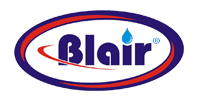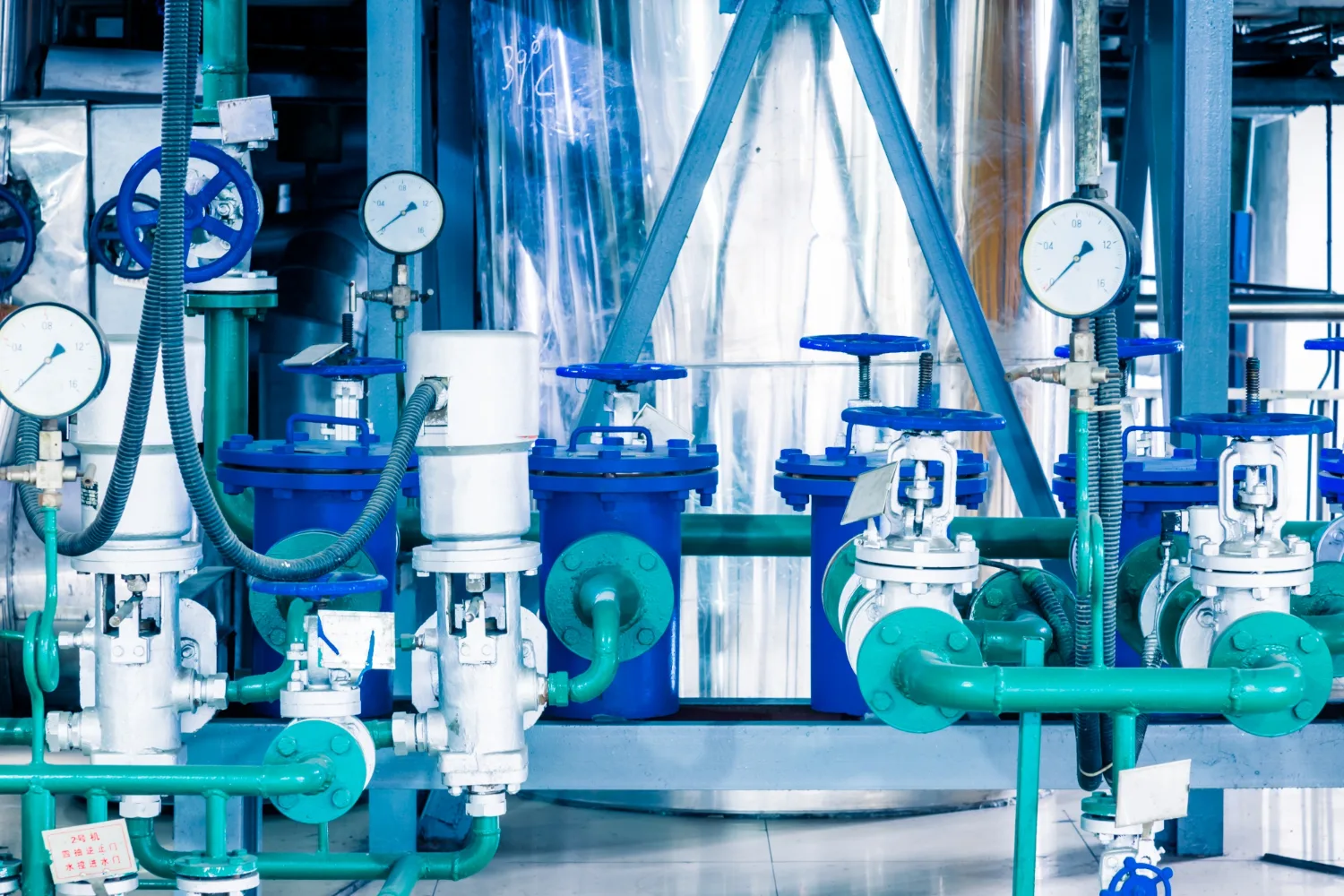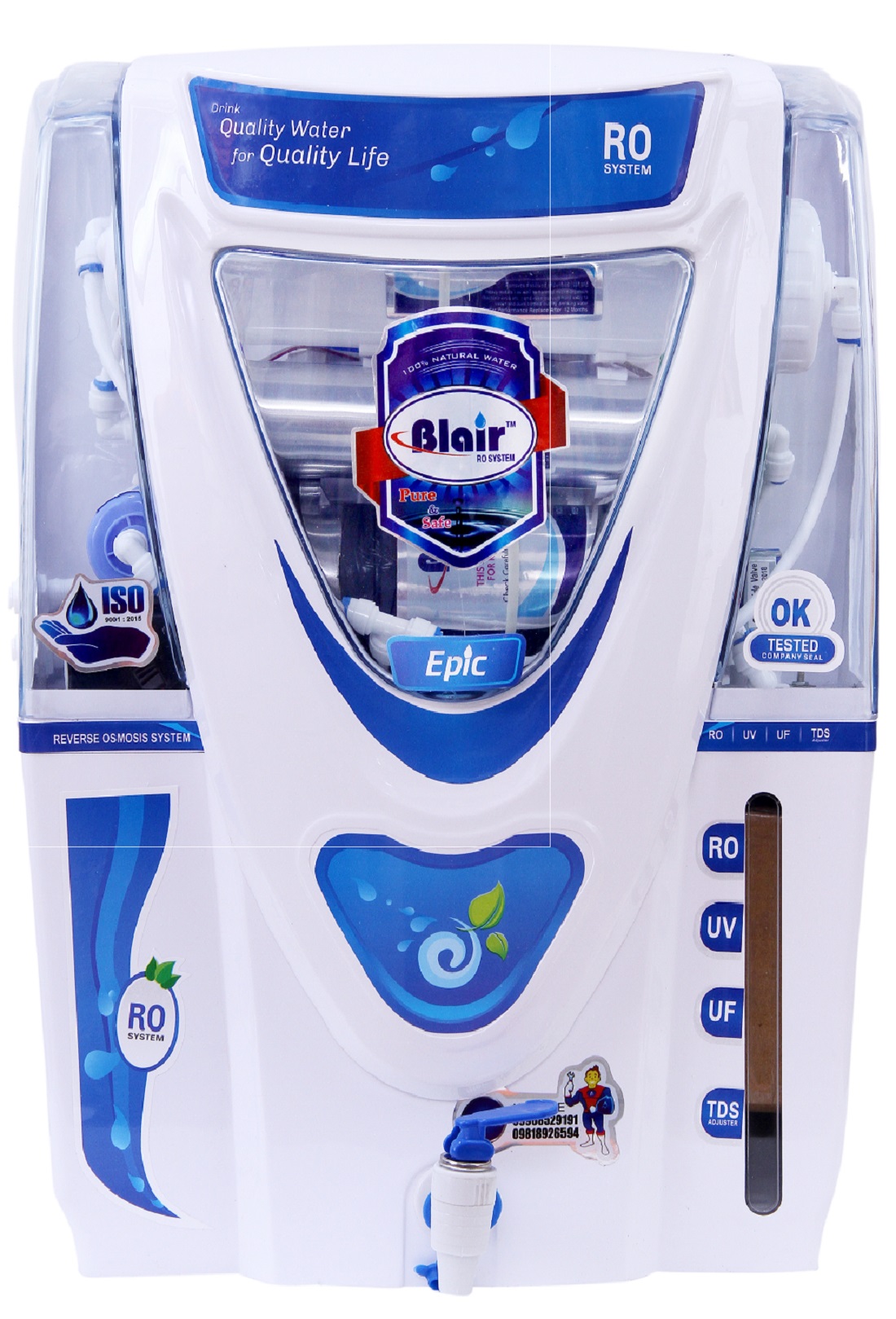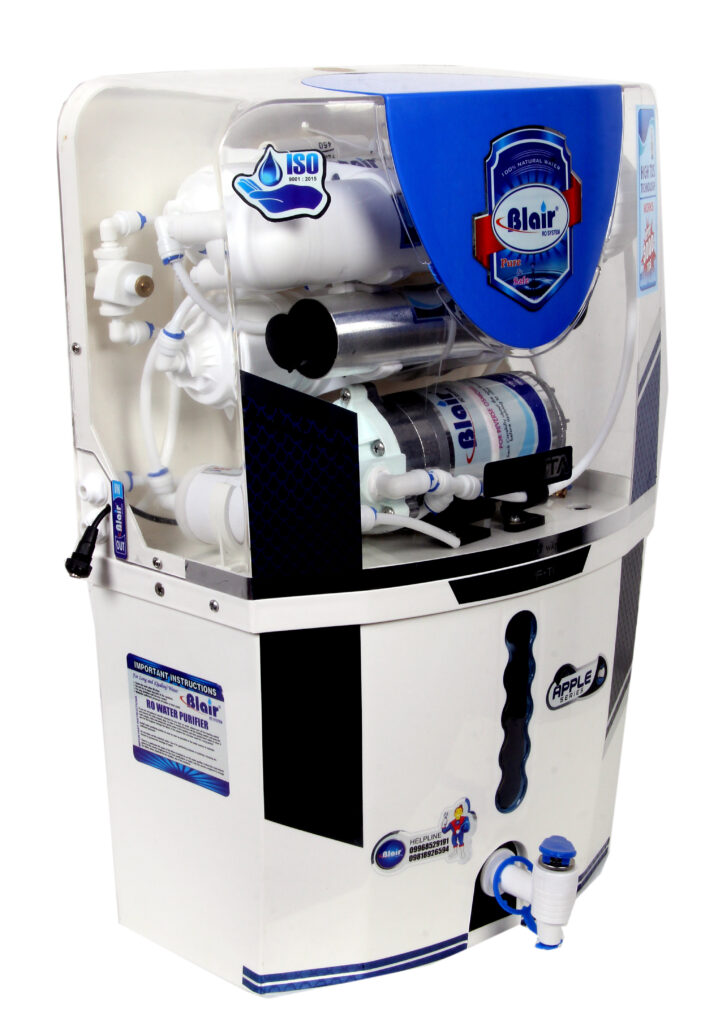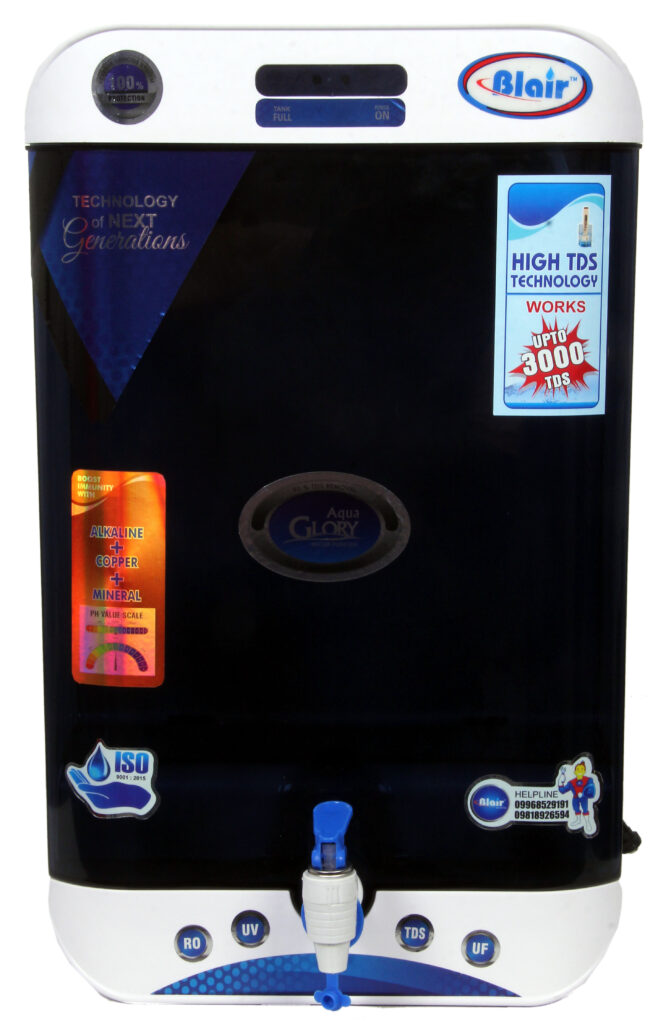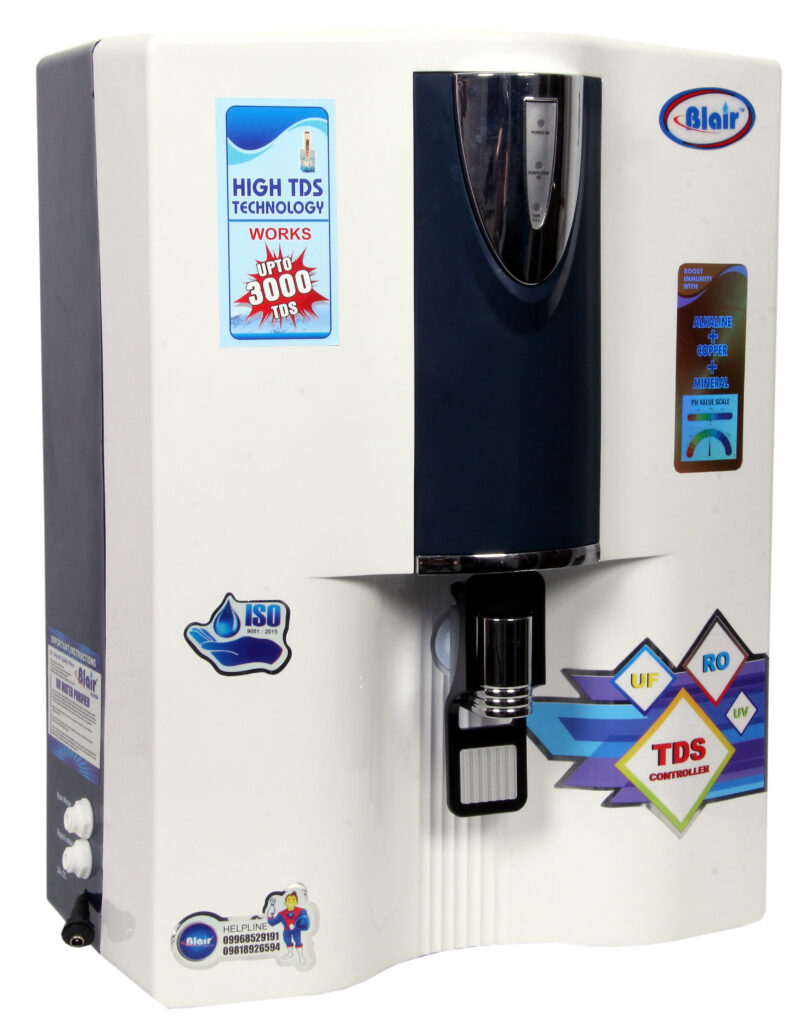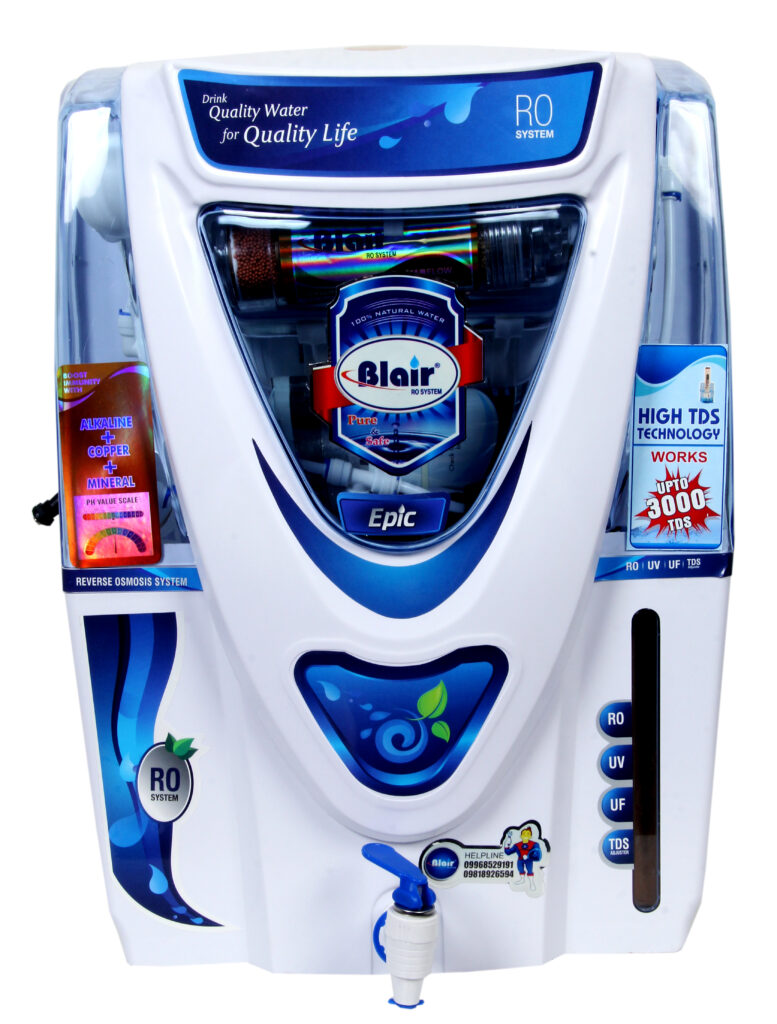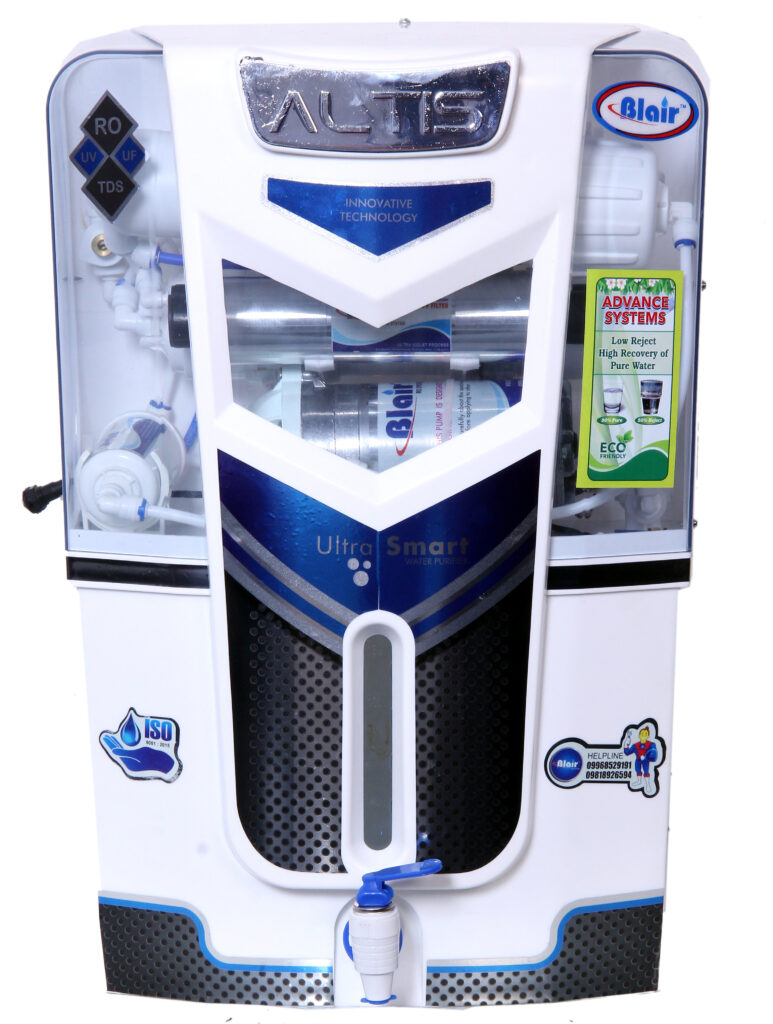Water, an essential resource for all living beings, necessitates cleanliness and safety. To achieve this, the addition of specific chemicals plays a vital role in purifying water on a large scale. In this comprehensive blog post, which focuses on the question “which gas is used to purify water,” we will delve into the gas most widely used in water purification processes: chlorine. Exploring its properties, benefits, and potential drawbacks, we shed light on the critical role chlorine plays in ensuring the safety and purity of our water supply.
“Clean water is not just life’s necessity, but a fundamental right for all.”
-Unknown
Which Gas is used to purify water?
Chlorine Gas: An Overview
Chlorine gas (Cl₂) is a pale greenish-yellow gas extensively employed as a disinfectant in water treatment plants. Possessing powerful oxidizing properties, chlorine effectively kills a wide range of harmful microorganisms, including bacteria, viruses, and protozoa. The capacity to neutralize pathogenic organisms is a key factor in securing the safety of drinking water.
The Role of Chlorine in Water Purification:
During the water treatment process, chlorine gas is introduced into the water, reacting with various impurities present in the water supply. Chlorine primarily functions as a disinfectant, deactivating or killing harmful microorganisms, thereby reducing the risk of waterborne diseases. This process, commonly known as chlorination, forms the backbone of water purification efforts.
Benefits of Chlorination
Chlorination offers several significant benefits in water purification:
- Pathogen Removal: Chlorine effectively kills a wide range of disease-causing microorganisms, including bacteria (such as E. coli and Salmonella), viruses (like hepatitis A and rotavirus), and protozoa (such as Giardia and Cryptosporidium).
- Residual Protection: Chlorine’s residual disinfecting properties help maintain water quality throughout the distribution system, preventing the growth of bacteria and other microorganisms that may contaminate the water after treatment.
- Cost-Effectiveness: Chlorine gas is a relatively inexpensive and easily accessible disinfectant, making it a practical choice for large-scale water treatment.
Potential Drawbacks and Concerns:
While chlorine is highly effective in disinfecting water, it is not without its potential drawbacks and concerns:
- Taste and Odor: Chlorine can impart a distinctive taste and odor to water, which some individuals perceive as unpleasant. However, this issue can be mitigated by employing additional treatment processes, such as activated carbon filtration or dechlorination.
- Formation of Disinfection Byproducts (DBPs): Chlorine’s reaction with organic matter in water can lead to the formation of disinfection byproducts, such as trihalomethanes (THMs) and haloacetic acids (HAAs). Some of these byproducts have been associated with long-term health risks, necessitating the regulation and monitoring of their levels in treated water.
- Environmental Impact: Discharged chlorinated water can have adverse effects on aquatic ecosystems. To minimize environmental impact, wastewater treatment plants often employ dechlorination processes before releasing water into the environment.
Conclusion:
Chlorine gas plays a vital role in water purification, effectively disinfecting water and safeguarding public health. Its widespread usage attests to its efficiency, cost-effectiveness, and residual protection capabilities. However, it is crucial to balance the benefits of chlorine with potential drawbacks, such as taste and odor concerns, and the formation of disinfection byproducts. Water treatment authorities continuously strive to ensure optimal chlorine usage while exploring alternative disinfection methods for a more sustainable and environmentally friendly future.
